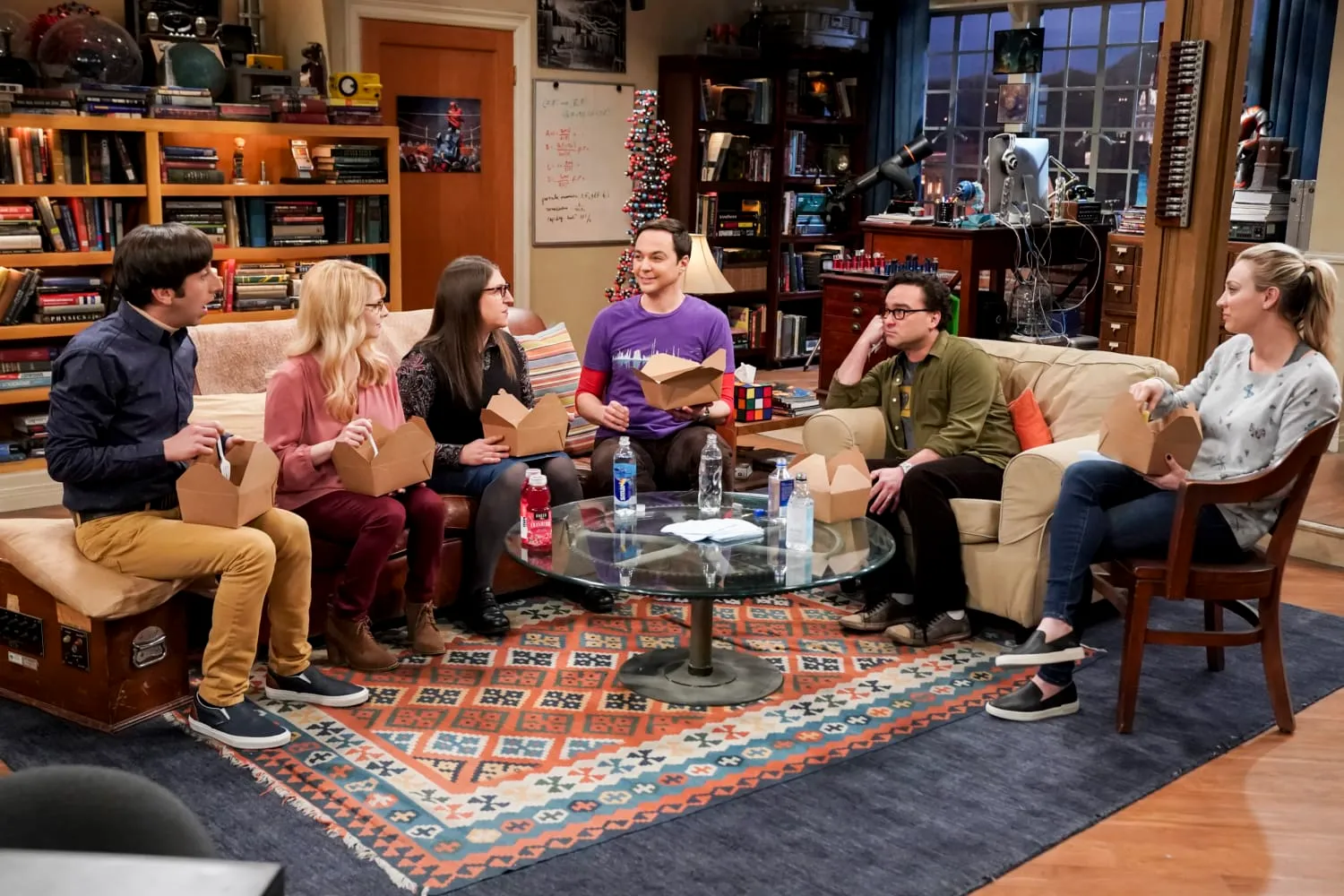“Soft Kitty,” the simple yet soothing lullaby often sung to Sheldon Cooper on the hit TV show “The Big Bang Theory,” has charmed audiences since its first appearance in season one. Known for its calming effect on the otherwise rigid and quirky physicist, played by Jim Parsons, this song has woven itself into the fabric of the show’s lore and its audience’s hearts. Yet, behind the scenes, this seemingly innocent melody became the center of a legal battle that sheds light on the complexities of copyright law and media.

Origins of a Beloved Lullaby
Originally introduced to viewers as a quirky comfort mechanism for Sheldon, “Soft Kitty” quickly became more than just a running gag—it evolved into a symbol of vulnerability in a character who was otherwise defined by his logical and unemotional demeanor. The lyrics, “Soft kitty, warm kitty, little ball of fur, happy kitty, sleepy kitty, purr, purr, purr,” are sung in moments of illness or distress, providing not only comfort to Sheldon but also serving as a comedic element due to its contrast with his usual personality.
However, the melody’s origins are rooted far from the fictional world of Pasadena, California. The lyrics were penned in 1937 by Edith Newlin, a school teacher from New Hampshire. Her poem, “Warm Kitty,” was initially published in a nursery school book by Willis Music Co. This detail remained obscure until Newlin’s daughters discovered the song’s use on the show decades later, sparking their legal actions against CBS and the show’s producers.

The Legal Battle Over ‘Soft Kitty’
The revelation led to a lawsuit in 2014 by Newlin’s heirs, who claimed that “The Big Bang Theory” had been using “Soft Kitty” without proper authorization since its introduction on the show in 2008. The plaintiffs argued that while the song was acquired from Willis Music, the permissions from the Newlin estate were never secured. This oversight led to a complex legal dispute, highlighting issues of copyright ownership and usage rights in the age of television and mass media.
Despite the claims, the lawsuit was eventually dismissed. The court ruled in favor of CBS and the other defendants, stating that they had lawfully acquired the rights to use the song from Willis Music, thus not infringing on the copyrights held by Newlin’s estate. This decision underscored the often intricate and layered nature of copyright law, especially concerning works that become integrated into larger cultural phenomena.
The Enduring Impact of ‘Soft Kitty’
Despite the lawsuit, “Soft Kitty” remains a beloved aspect of “The Big Bang Theory,” underscoring the show’s ability to blend humor with moments of tenderness. The song’s journey from a classroom in 1937 to a central piece of a modern sitcom illustrates the unpredictable ways in which cultural elements can traverse time and context.

Moreover, the legal controversy surrounding “Soft Kitty” highlights the potential pitfalls in the use of historical works within contemporary media. It serves as a cautionary tale for producers and creators about the importance of thorough due diligence in rights acquisitions—a lesson that is increasingly relevant in an era where past works are continually repurposed for new audiences.
In the end, “Soft Kitty” does more than just calm a fussy physicist; it tells a story of cultural legacy, legal intricacy, and the unforeseen life that artistic creations can lead long after their original conception. While “The Big Bang Theory” has concluded, the tale of “Soft Kitty” continues to resonate, reminding us of the deep and sometimes disputed connections between past and present cultural expressions.
